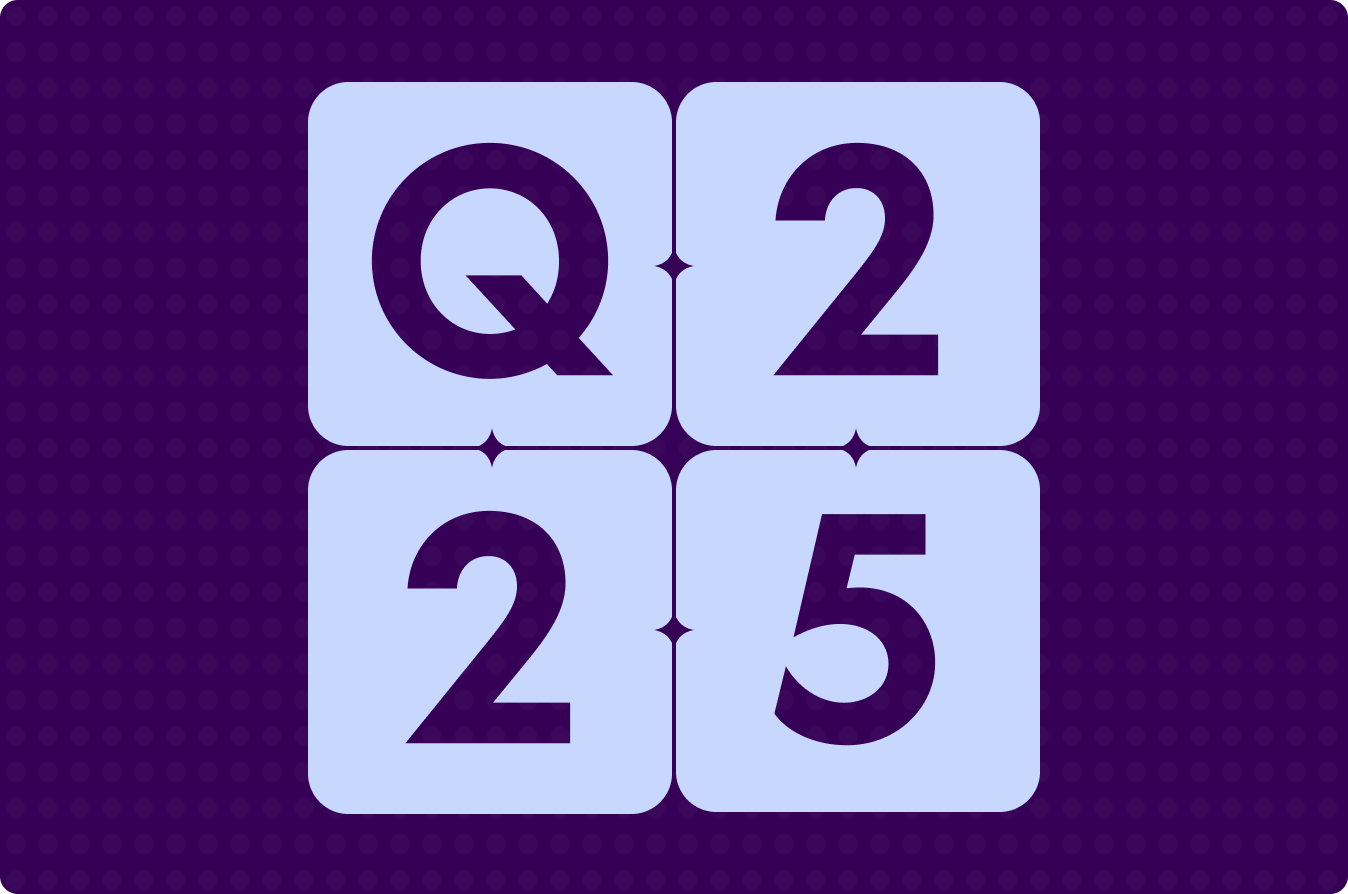Executive Summary
After a lackluster year for M&A in 2023, many dealmakers were looking forward to a strong rebound at the beginning of this year for 2024. While the first half of 2024 saw a significant increase in revenues for investment bankers at the largest US investment banks, the growth in M&A deal activity was more modest in both the upper and middle markets. As we look ahead to the end of H2, projections for Q3 M&A deal revenue from the largest banks suggest the rebound in activity is slowing, coming up short of many analysts’ expectations.
Altogether, many of the variables that dampened M&A activity in 2023 have not been entirely removed from the equation in 2024, even while their impacts on business and capital markets have decreased. Though the expectation of lowering interest rates has increased optimism, the worsening labor market data that made rate cuts more likely has also introduced some uncertainty over the macroeconomic outlook, while a presidential election and other political variables loom in the background.
If current trends continue, M&A in Q4 could see a dampened uptick in activity, as many businesses work to close deals before the year’s end, while some take a wait-and-see approach after a year of mixed economic signals and Q3 deal data that fell short of expectations.
After a slow start, the outlook for 2024 remained generally optimistic during H1, while some measures of deal activity in Q2 suggested a strong rebound was on the horizon.
Even while total valuations increased, deal volumes in Q1 of 2024 didn’t live up to expectations, with data for the US and Canada showing the slowest Q1 in four years.
Still, later in May, Ernst and Young projected that US corporate M&A deal volumes for 2024 would see an increase of 31% in their best-case scenario and 13% in their worst, with a 20% increase in their baseline scenario. In every scenario, EY’s Deal Barometer expected volumes to return to their pre-pandemic levels, with growth tapering off in 2025, but remaining steady in their baseline scenario.
For private equity, the firm’s optimistic scenario projected 23% growth, compared to 8% in their worst-case scenario, and 16% in their baseline, with growth tapering in 2025 across the board.
Later in July, after the five largest US investment banks — Goldman Sachs, JPMorgan Chase, Morgan Stanley, Bank of America and Citigroup — posted Q2 data for their best quarter since the beginning of 2022 and a 40% YoY increase, the “green shoots” of an investment banking rebound seemed to be appearing.
Much of the rebound in deal revenues, however, was driven by debt deals, which comprised over 50% of these revenues, while M&A advisory revenues grew more modestly by 25%.
While the mood was generally optimistic, some on Wall Street, like JPMorgan Chase CFO Jeremy Barnum, remained a little more cautious. While M&A activity was “robust,” he said in July, it still “remains relatively muted in terms of actual deals,” while also noting that demand for acquisition-related loans was softer in Q2 for the bank.
Overall, the value of announced US deals in H1 was up 43%, while the value of global mega-deals, most of which were US-based, increased by 70%, according to data from the London Stock Exchange Group (LSEG).
Still however, in Q2, global M&A announcement volumes were down 13.5% despite a growth in values. Together, these and other data suggest the rebound was being driven in part by the high value of large deals.
For example, the total value of deals valued at $500 million or less fell by 11% globally in H1 to its lowest number in over a decade, while volumes for middle market deals fell by nearly 25%, according to LSEG. Deal volumes in the US also fell in Q2 for the ninth out of the last ten quarters.
“This year for M&A is much better than last year,” Anu Aiyengar, global head of mergers and acquisitions at JPMorgan told the FT at the end of June. “But that’s a low bar because last year was a tough year.”
“There’s concerns about the consumer, there’s concerns about elections, rates haven’t come down as fast as people had hoped. All of that introduces more volatility,” said one senior European banker.
Most recently, Q3 M&A revenues from major US investment banks now suggest these trends may continue through the rest of the year.
On Sep 10th, JPMorgan Chase President and COO Daniel Pinto said that third-quarter investment banking fees could rise 15%, which would be below analysts’ expectations.
Resembling the spreads for investment banking deals in Q2, the bank saw “very, very strong performance” in debt capital markets during Q3, Pinto said. At the same time, however, revenues from M&A deals remained “flattish overall.”
Similarly, David Soloman, CEO of Goldman Sachs recently said that he was “surprised that the financial sponsor activity has not turned around as quickly as [he] would have expected,” while also mentioning that the FTC has been making it more challenging to complete large deals.
Though he didn’t give any guidance on Q3 revenues during this public talk at the September Barclays financial services conference, he did mention, on a positive note, that strategic tie-up deals for the firm had picked up.
Meanwhile, Mark Mason, CFO for Citigroup, speaking at that conference said the bank continues to see growth in M&A, but expected Q3 investment banking fees to grow by around 20%, which would be 5% below many analysts’ expectations.
Finally, at Bank of America, where middle market transactions make up around one-third of their investment banking revenues, revenues for Q3 are expected to remain flat and around 16.5% below many analysts’ expectations.
With inflation and interest rates expected to fall, the outlook on the US economy remains relatively positive despite mixed economic data, all of which point towards a stronger fourth quarter for M&A. Though politics in the US and around the world, alongside some economic uncertainty could dampen activity.
In August, US inflation dropped to 2.5%, its lowest level since February 2021. At the same time, real earnings rose for the month, with average hourly earnings outpacing the monthly CPI increase by 0.2%.
In July, however, US unemployment reached 4.3%, up from 3.7% in January. The hiring rate also dropped below 3.5%, down from its April peak in 2024 of 4.5%.
Meanwhile, consumer spending signals have remained mixed and relatively soft, as high prices continue to dampen relatively lower-income consumer spending.
Often, interest rate cuts from the Fed take several months to make their way through and meaningfully affect the economy. Even if larger cuts are announced by the Fed (which could also have a negative effect on the economic outlook by signaling doubts over the US economy), interest rates are currently at a 23-year high and will take time to fall.
While lower borrowing costs will have a greater effect on private equity deals, due in part to large amounts of dry powder and closing valuation gaps, rates will still remain relatively high through the end of this year. This may lead some businesses to adopt a wait-and-see approach, holding off for further interest rate cuts and clarity on the economic and regulatory outlook for 2025.
Altogether, while political and regulatory uncertainty could have a larger impact on upper-market deals in Q4, positive economic data and lowering interest rates may have a disproportionately positive effect on debt-driven middle-market transactions.
Much of this outlook, however, may depend on which presidential candidate is elected.
While some banks like Goldman Sachs believe that Kamala Harris will be better for the overall US economy, despite her proposed increases on corporate and capital gains taxes, Donald Trump is expected to lower corporate taxes and regulations, which some believe could be more beneficial for M&A.
Still, however, both candidates, like both US political parties, have grown increasingly antagonistic towards large mergers and acquisitions. Both Harris and Trump, for example, oppose US Steel being bought by a Japanese firm.
This reflects a growing consensus amongst both parties against deals, especially cross-border deals, in politically sensitive industries that are considered in the national interest like infrastructure, manufacturing, and technology.
Since the second Bush administration, challenges to mergers and acquisitions by federal authorities have been increasing steadily across both Republican and Democratic administrations.
Notably, over the summer, Harris announced her plans to crack down on food industry M&A after the announced acquisition of Kellanova by Mars.
Meanwhile, Trump’s running mate J. D. Vance, reflecting a border shift in the Republican Party, said he’s generally supportive of Lina Khan’s antitrust work, the head of the FTC who has increased regulatory scrutiny over M&A transactions under the Biden Administration.
As a result, predictions for each administration’s impact on the dealmaking environment remain mixed.
“This ‘big is bad’ hostility [from Biden] will fall by the wayside” in a Harris administration, said George Paul, a partner at White & Case in early August. “I don’t think Harris will go that far. I think she’s going to take a step back.”
Others at Morgan Stanley noted that a Trump administration could oversee a period of decreased regulatory scrutiny, bringing the environment closer to what it was before the Biden administration, with some exceptions for politically sensitive industries.
Finally, many of the ongoing international political conflicts and interstate competitions that impacted the global economy in 2023 will remain looming in the background. These include the rise of economic nationalism and protectionism, the economic decoupling with China (while the nation’s economy continues to struggle), Russia’s invasion of Ukraine and the threat of a wider war in Europe, and the Israeli-Hamas conflict, with its risk of creating a war between Iran and the US.
"While market valuations and credit spreads seem to reflect a rather benign economic outlook, we continue to be vigilant about potential tail risks," Jamie Dimon said in July, arguing that we’re currently in the most dangerous period of time since World War II.
Adding to that, Jennifer Piepszak and Troy Rohrbaugh, co-CEOs of JPMorgan Chase’s commercial and investment bank said, "We are encouraged by some of the economic trends that underpinned client activity in the second quarter and we remain cautiously optimistic as we head into the second half of the year.”







